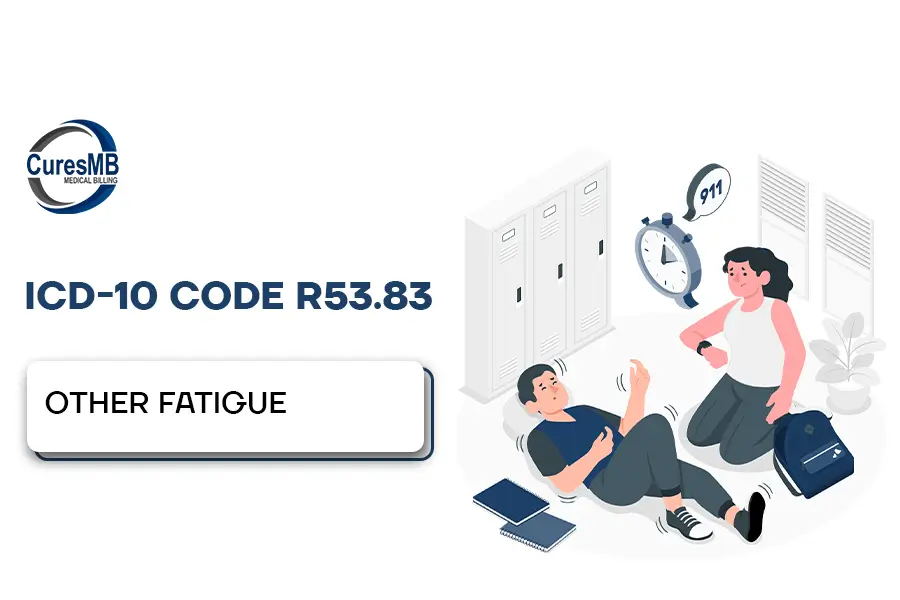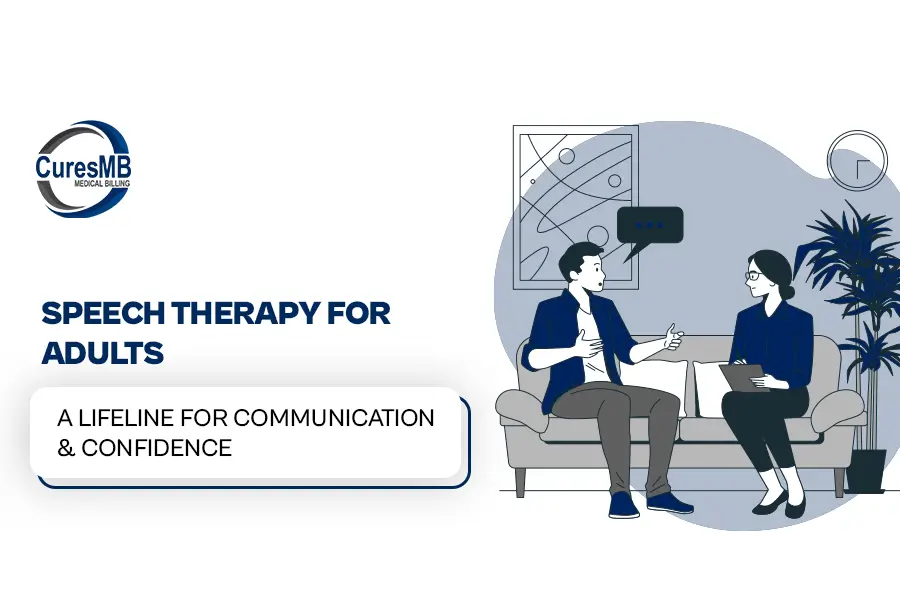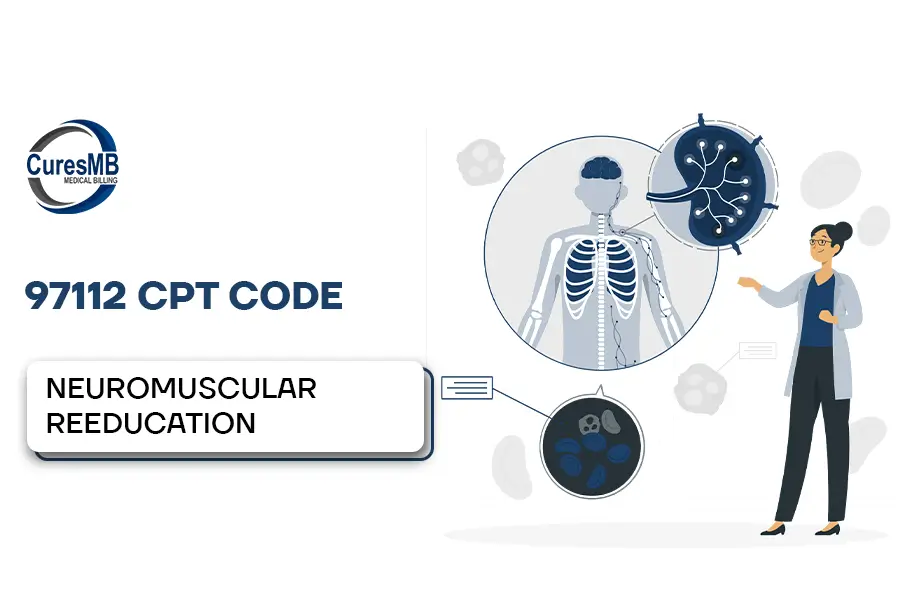The ICD-10 Code R53.83 falls under the category of signs, symptoms, and unusual medical and laboratory findings that are not classified anywhere. It is especially used to file cases in which patients revel in unexplained fatigue that affects day-to-day existence but does not now align with situations that include continual fatigue conditions or different well-defined medical issues.
Speech Therapy for Adults – A Lifeline for Communication & Confidence
As a speech-language pathologist (SLP) and medical billing expert with 12+ years of experience, I’ve seen firsthand how tailored speech therapy transforms lives whether recovering from a stroke, managing a lisp, or rebuilding cognitive skills.
Guide to 97112 CPT Code Neuromuscular Reeducation Explain
The 97112 CPT code represents a therapeutic approach to neuromuscular reeducation. This intervention aims to improve the body’s functional abilities by addressing movement, balance, coordination, posture, kinesthetic experience, and proprioception.




